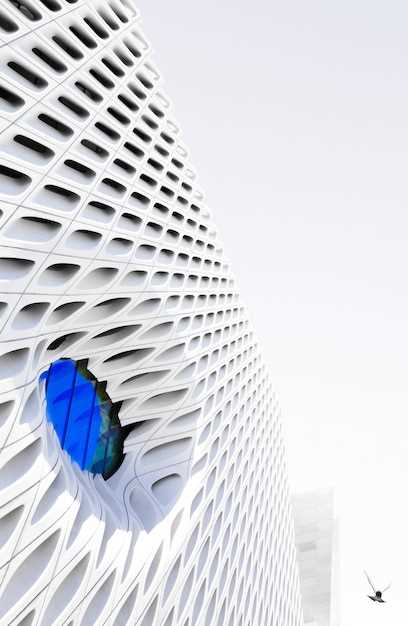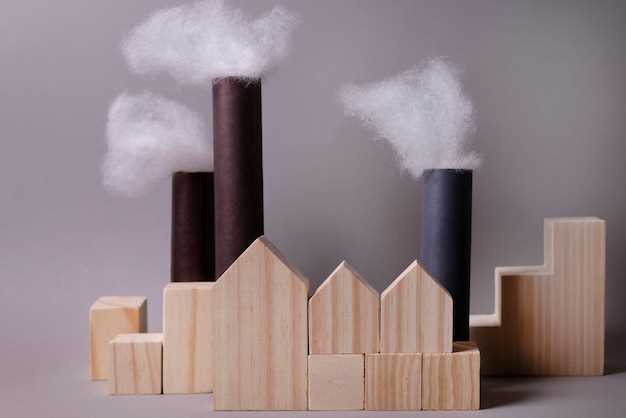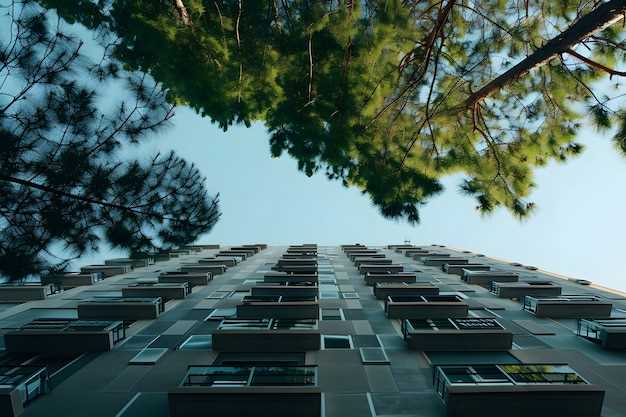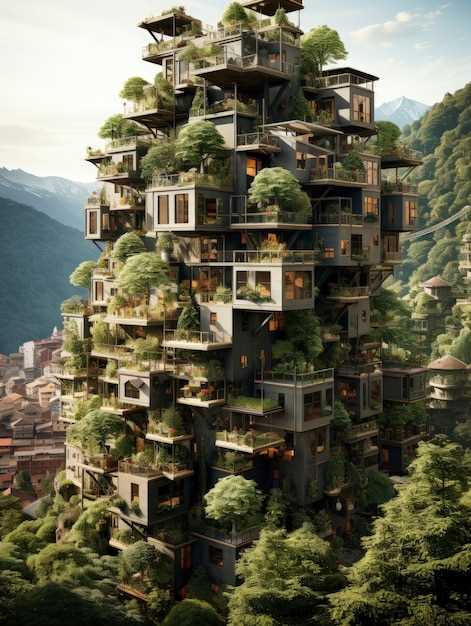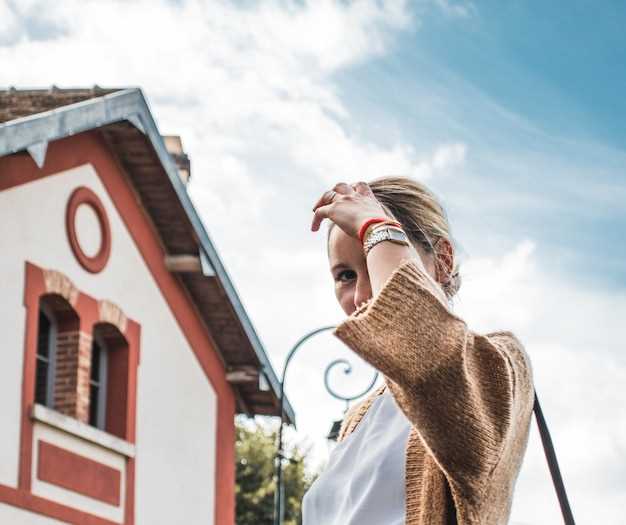Essential Tips for Creating Sustainable Eco-Friendly Homes in Australia
Transitioning to a lifestyle that harmonizes with nature can be incredibly rewarding. There’s a growing movement towards minimizing our impact on the environment. People are increasingly seeking ways to incorporate green practices into their daily routines. It’s not just about building; it’s about cultivating a mindset. Small changes can lead to substantial effects.
Every decision we make shapes our surroundings. From choosing materials to managing energy, each choice carries weight. Shifting habits toward energy efficiency is crucial. It benefits not only the earth but also individual well-being. Simple adjustments, like using natural resources wisely, can transform your space.
It’s fascinating how local resources can inspire a unique environment. Embracing the landscape around you fosters creativity. Working with what’s available promotes a deeper connection to the land. Moreover, being mindful of your consumption helps reduce waste significantly. Understanding your ecological footprint can lead to enlightened choices.
Incorporating eco-conscious practices into daily routines enhances quality of life. This journey is not just about structures; it’s about the very essence of community. Engaging in collaborative projects strengthens local bonds and creates resilience. Sharing knowledge and experiences invites collective growth. It’s the little things that, over time, make a big difference.
Let’s explore these practices that enrich our environment and support harmonious existence. Together, we can cultivate a future that prioritizes health and well-being, fostering both progress and preservation.
Creating Sustainable Homes in Australia
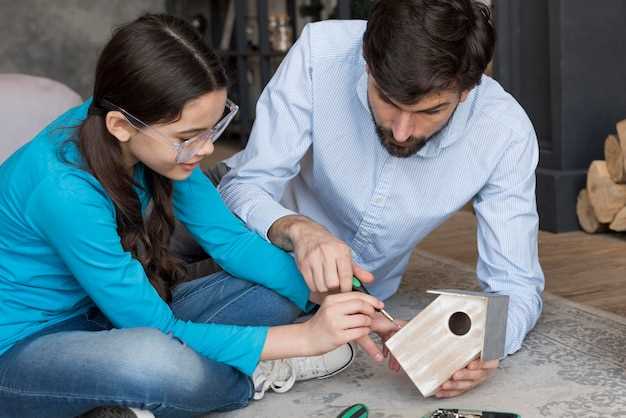
Designing a residence with an emphasis on environmental harmony is vital in today’s world. This approach encourages a connection with nature while considering the long-term impact on the planet. Simple choices can significantly influence our surroundings. Imagine a space that feels fresh, vibrant, and respects the ecosystem. Embracing green principles can transform not just individual living spaces but entire communities.
Incorporating energy-efficient materials is one way to make a significant difference. Solar panels harness the sun’s energy, providing a renewable power source. Rainwater tanks help collect precious rainfall for gardening and household needs. Additionally, insulation plays a key role in reducing climate control costs while enhancing comfort. Small actions can yield substantial results when it comes to promoting a lifestyle that nurtures our environment.
Choosing native plants in landscaping encourages biodiversity and reduces water consumption. Their resilience contributes to local ecosystems while requiring minimal maintenance. This not only enhances the beauty of a property but also supports insects and wildlife. Integrating organic waste management systems can further minimize landfill contributions. Techniques such as composting can enrich soil health, creating a cycle of sustainability right in your backyard.
Opting for durable, non-toxic materials ensures a healthier living experience. This approach decreases environmental footprint and promotes well-being among occupants. Using reclaimed wood, recycled glass, and other materials is a creative way to express style while making ethical choices. Mindful purchasing decisions reduce waste and support responsible sourcing. Collectively, these practices pave the way for a harmonious relationship with the earth.
Ultimately, a conscious approach to constructing living spaces offers numerous benefits. It empowers individuals to play an active role in fostering environmental stewardship. Making informed choices today can lead to a more resilient future. By prioritizing practices that honor the natural world, communities can thrive in conditions that embrace both comfort and ecological responsibility.
Essential Tips for Eco-Friendly Living
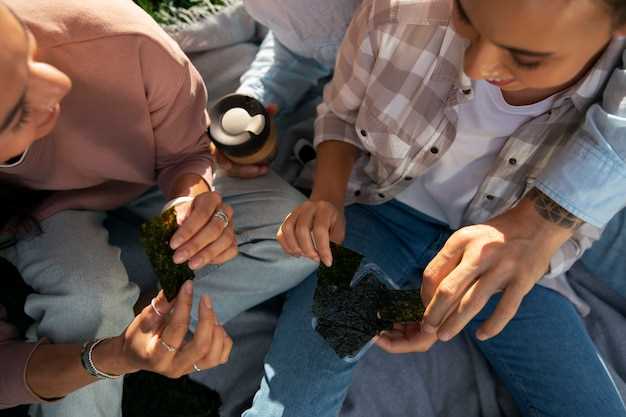
Adopting a more conscientious approach to daily routines is essential for nurturing our planet. Small changes can lead to significant impacts over time. By making mindful decisions, we contribute to the well-being of nature. Choices made today can shape a brighter tomorrow.
Start with simple habits. Reduce, reuse, recycle. Limit single-use items. Opt for local produce, which is fresher and environmentally responsible. Consider the energy consumption of your appliances and lighting.
- Turn off lights when not in use.
- Choose energy-efficient devices.
- Utilize renewable energy sources if possible.
Each action, no matter how minor it might seem, adds up, creating a collective effect that significantly benefits the environment by reducing waste and minimizing carbon footprints.
- Embrace natural cleaning products for a healthier home.
- Implement a composting system for organic waste.
- Foster a plant-friendly environment by incorporating indoor greenery.
In addition to these methods, consider the impact of transportation choices. Walking, biking, or carpooling reduces emissions while promoting an active lifestyle.
Engaging with local community initiatives can foster connection and raise awareness about environmental issues. Together, we can inspire change and motivate others to adopt similar practices.
Understanding Energy Efficiency
Grasping the principles of energy efficiency is crucial for a better future. It revolves around minimizing energy consumption while maintaining comfort. This concept leads to both environmental and financial benefits. By optimizing how we use energy, we make a significant impact. Reducing waste is not just wise; it’s necessary for sustainable progress.
Energy efficiency encompasses various strategies and technologies. These can range from smart appliances to superior insulation. Every small change contributes to a larger goal. For instance, switching to LED bulbs can drastically lower energy usage. Moreover, a well-insulated space requires less heating and cooling.
When we think about energy efficiency, it’s important to explore our individual habits. Evaluate how often your heating or cooling systems operate. Consider whether they are working as effectively as possible. Identifying inefficiencies can lead to meaningful improvements. Investing in energy-efficient products not only saves money but also reduces carbon footprints.
Furthermore, engaging with local resources can enhance your knowledge. Many communities offer workshops or incentives for energy-efficient upgrades. These initiatives help individuals create plans tailored to their specific needs. By understanding local guidelines, one can make informed choices while optimizing comfort and utility costs. Ultimately, embracing energy efficiency fosters a collaborative effort towards a greener tomorrow.
Water Conservation Techniques
Efficient use of water is crucial for preserving this valuable resource. Across various settings, individuals can adopt methods that reduce waste. By implementing clever strategies, significant savings can be achieved in water consumption. Every drop counts, especially in regions with limited rainfall. Small changes can lead to substantial impact.
One effective approach is to install rainwater collection systems. These systems allow homeowners to harness natural precipitation, reducing dependence on municipal supplies. Additionally, using low-flow taps and showerheads minimizes excessive water usage during daily routines. Another option is to implement drip irrigation for gardens. This technique delivers water directly to plant roots, minimizing evaporation losses.
Regularly checking for leaks is also vital. A small drip can waste gallons over time. Ensuring that appliances, like washing machines, operate efficiently can lead to further reductions. Mulching around plants helps retain moisture in soil. This simple trick keeps gardens hydrated while using less water overall.
Using native plants is another smart choice. They typically require less water and are well-adapted to local conditions, thriving with minimal maintenance. Moreover, considering options like greywater systems can harness used water from baths and sinks for irrigation purposes. Such systems promote recycling and lower overall household demand on fresh water.
Ultimately, understanding consumption patterns fosters more mindful practices. By being conscious of daily habits, individuals can cultivate a culture centered on water savings. Awareness and proactive measures generate lasting benefits for both the environment and personal finances.
Utilizing Natural Light
Harnessing the sun’s rays can significantly enhance indoor environments. It not only brightens spaces but also creates a warm and inviting atmosphere. Strategically placing windows allows for maximum light penetration. This practice can reduce reliance on artificial lighting. Consider various design elements to optimize illumination.
Natural light has benefits that go beyond aesthetic appeal; it positively impacts mood and productivity. By carefully selecting window placements, you can also improve energy efficiency. For instance, large glass panels can transform living spaces, blurring the lines between inside and out. Meanwhile, skylights provide a unique way to illuminate areas that might otherwise remain dark.
| Benefits | Considerations |
|---|---|
| Enhances overall ambiance | Possible overheating on sunny days |
| Reduces electricity costs | Privacy concerns near busy areas |
| Improves mood and well-being | Potential for glare on screens |
Incorporating features such as overhangs and awnings can help manage excessive heat while maximizing light. Think about utilizing reflective surfaces, too; they can bounce sunlight deeper into your rooms. These adjustments not only enhance visual appeal but also create a more energy-efficient living space. Ultimately, the key lies in thoughtful planning and design, ensuring that every corner of your abode benefits from the beauty and warmth of natural illumination.
Waste Reduction Strategies
Minimizing waste is a crucial aspect of conscious living. It involves understanding consumption patterns and making mindful choices. Each small effort accumulates, leading to significant positive impact over time. Every one of us has the power to contribute to this goal. The environment speaks volumes through our actions.
Start by evaluating your daily habits. Identify areas where waste can be reduced. For instance, consider buying in bulk to minimize packaging. Reusable containers are also excellent alternatives to single-use products.
Another effective approach is to compost organic waste. This reduces landfill contributions and enriches the soil. It’s a win-win situation for gardeners and nature alike. Composting helps break down food scraps that would otherwise produce harmful greenhouse gases.
Engage your community in discussions about handling waste more effectively. Consider organizing local clean-up efforts or support recycling programs. When people unite for a common cause, remarkable changes can occur.
Lastly, educate yourself continuously on new methods of waste reduction. Innovative solutions emerge regularly, and staying informed can empower informed choices. Whether it’s upcycling or participating in a zero-waste lifestyle, every effort counts toward a cleaner future. Embrace the journey toward a less wasteful existence.
Building a Green Community
Creating a supportive environment is crucial for the well-being of all residents. It encourages collaboration, sharing resources, and enhancing the quality of life. Active participation from each individual makes a significant difference. When people unite with a common purpose, they can effect meaningful change.
Fostering eco-conscious practices within neighborhoods leads to innovative solutions. Small actions collectively build momentum. Community gardens not only provide fresh food but also promote social interaction. Workshops can educate members about waste reduction and energy efficiency.
| Action | Benefit |
|---|---|
| Organize clean-up days | Enhances local environment and community pride |
| Start a local composting initiative | Reduces waste and enriches soil |
| Hold sustainability fairs | Raises awareness and connects local groups |
| Promote carpooling | Lowers emissions and encourages social bonding |
Ultimately, the focus must revolve around engaging with neighbors and forming connections that lead to a more harmonious lifestyle. Each positive step taken not only benefits individuals but creates a ripple effect, inspiring others to contribute towards a more resilient future.
Eco-Friendly Renovation Practices

Renovations can be an opportunity to minimize environmental impact while enhancing comfort. Making mindful choices during upgrades can significantly influence energy consumption and resource use. Simple modifications create lasting effects. Prioritizing materials and techniques that benefit the planet is crucial.
Consider the following approaches:
- Utilize recycled or upcycled materials.
- Choose energy-efficient appliances.
- Implement water-saving fixtures.
- Enhance insulation for better climate control.
Each small step contributes to an overarching commitment to the environment, leading toward lower utility bills and improved air quality inside the space.
Additionally, embracing natural light reduces dependency on artificial lighting. Installing skylights or larger windows can bring warmth and brightness indoors. Selecting non-toxic paints and finishes promotes healthier living spaces while minimizing harmful emissions.
Another vital aspect involves engaging skilled contractors who prioritize eco-conscious practices. Conducting thorough research can unveil professionals dedicated to environmentally friendly renovations. Understanding their methods is essential.
Lastly, consider the lifecycle of components. Long-lasting materials not only save money but also decrease waste over time. Committing to these principles can transform a project into a genuinely responsible venture.
Choosing Sustainable Building Materials
When it comes to constructing a new dwelling, the selection of materials plays an integral role. A thoughtful choice can contribute significantly to the environment. These decisions not only affect energy efficiency but also impact the overall health of inhabitants. Opting for environmentally conscious options often leads to better durability and lower maintenance costs.
Understanding the options available is crucial. Here are some factors to consider:
- Origin of materials. Local sourcing reduces the carbon footprint.
- Recyclability. Choose materials that can be reused or repurposed.
- Toxicity. Avoid substances that release harmful emissions.
- Energy efficiency. Look for insulation with high ratings.
- Durability. Long-lasting materials minimize the need for replacement.
Additionally, utilizing renewable resources can bring long-term benefits. Selecting bamboo or reclaimed wood not only provides aesthetic appeal but also supports ecological balance. Furthermore, modern innovations have made it easier than ever to find materials that align with environmental principles.
Incorporating these choices in your project can lead to significant energy savings. This approach promotes not only ecological responsibility but also enhances the comfort of living spaces. As awareness grows, many suppliers are committed to offering innovative solutions. It’s essential to remain informed and explore the evolving landscape of materials available.
Ultimately, making informed choices reflects a commitment to future generations. Embrace the opportunity to champion practices that benefit both personal living and the planet.
Incorporating Renewable Energy Sources
Utilizing alternative energy options can significantly enhance the efficiency of any living space. By tapping into naturally replenishing resources, individuals can not only reduce their utility bills but also contribute to a healthier planet. Innovations in this field have made it easier than ever to harness energy from the sun, wind, and other sustainable avenues. Each method presents unique advantages and considerations that can be tailored to individual circumstances.
Solar panels are among the most popular choices. They effortlessly capture sunlight, converting it into electricity for daily needs. Wind turbines also present a viable option, particularly in areas with consistent breezes. Geothermal systems utilize the Earth’s internal heat, while biomass energy comes from organic materials. Investing in any of these technologies can lead to considerable savings over time.
Furthermore, adopting renewable energy not only impacts monthly expenses but also promotes energy independence. With a well-thought-out strategy, the integration of such technologies can minimize reliance on traditional energy sources, thus empowering individuals. Over time, these choices foster a sense of responsibility towards the environment. Making informed decisions can transform one’s lifestyle in profound ways.
Moreover, there are often government incentives to encourage the adoption of these energy-efficient practices. Tax credits, rebates, or grants may help offset initial investment costs, making it more accessible. Engaging with local experts can provide insights tailored to regional conditions, enhancing the implementation process. Engaging with the community can also promote awareness and foster collective action towards greener practices.
In summary, integrating renewable energy sources requires thoughtful planning and research. The right combination can lead to significant benefits, both financially and environmentally. Prioritizing these elements paves the way for a brighter, greener future.
Video:
Innovative Techniques That Help Build Sustainable Homes | Homemade | Abode
Innovative Techniques That Help Build Sustainable Homes | Homemade | Abode by Abode – The Home & Design Channel 57,849 views 1 year ago 43 minutes
Q&A:
What are some key features to consider when designing a sustainable home in Australia?
When designing a sustainable home in Australia, several key features should be prioritized. Firstly, choosing the right orientation for your home can maximize natural light and reduce reliance on artificial lighting. Incorporating renewable energy sources, such as solar panels, is crucial for decreasing energy consumption and costs. Additionally, utilizing sustainable materials, like recycled or certified timber, not only minimizes environmental impact but also enhances the durability of the home. Proper insulation and energy-efficient windows can further improve energy performance, while water-saving fixtures and rainwater harvesting systems can contribute to more efficient water use. By integrating these features, you can create a home that is environmentally friendly and comfortable.
How can I make my existing home more eco-friendly without a complete renovation?
Improving the sustainability of your existing home doesn’t always require a complete renovation. There are several simple changes you can make to enhance its eco-friendliness. Start by replacing incandescent light bulbs with energy-efficient LEDs to reduce electricity usage. Installing low-flow showerheads and faucets can significantly lower water consumption. Weatherproofing your home by sealing gaps around windows and doors can improve insulation and reduce heating and cooling costs. Additionally, consider implementing a composting system for organic waste and creating a small vegetable garden to enhance your food sustainability. These small modifications can create a noticeable impact on your home’s ecological footprint.
What are the financial benefits of creating a sustainable home in Australia?
Investing in a sustainable home in Australia can provide several financial benefits. Initially, the installation of renewable energy systems, such as solar panels, may involve upfront costs, but they often lead to substantial savings on electricity bills over time. Additionally, sustainable homes typically have lower operation and maintenance costs due to energy-efficient appliances and fixtures that reduce utility expenses. Many states and territories also offer financial incentives, such as rebates or grants, for sustainable building practices. Moreover, as awareness of environmental issues grows, sustainable homes are becoming more desirable, which can increase property value and marketability. In the long run, the investment in sustainability not only contributes to environmental preservation but also enhances economic viability.
How do I incorporate eco-friendly materials in my home construction or renovation project?
Incorporating eco-friendly materials into your home construction or renovation project involves careful selection and sourcing. Start by researching materials that are renewable, recycled, or sustainably sourced, such as bamboo flooring, reclaimed timber, or recycled steel. Look for products with certifications like FSC (Forest Stewardship Council) or GreenTag, which indicate responsible sourcing. When selecting paints, finishes, and adhesives, opt for low-VOC (Volatile Organic Compounds) options to improve indoor air quality. Collaborating with architects and builders who specialize in sustainable practices can also help in sourcing and choosing eco-friendly materials. By prioritizing these materials, you not only enhance the sustainability of your project but also promote healthier living conditions within your home.
What role does landscaping play in sustainable home design, and how can I make my garden more eco-friendly?
Landscaping plays a crucial role in the overall sustainability of a home, as it can significantly contribute to energy efficiency, biodiversity, and water management. To make your garden more eco-friendly, consider using native plants that require less water and are adapted to the local climate. Implementing permaculture principles, such as using companion planting and creating wildlife habitats, can enhance biodiversity and promote a healthy ecosystem. Installing rain gardens or permeable paving can help manage stormwater runoff and reduce flooding risks. Additionally, consider a drip irrigation system to minimize water wastage. By incorporating these practices into your landscaping, you not only create an aesthetically pleasing environment but also contribute positively to the ecosystem and reduce your home’s overall environmental impact.





